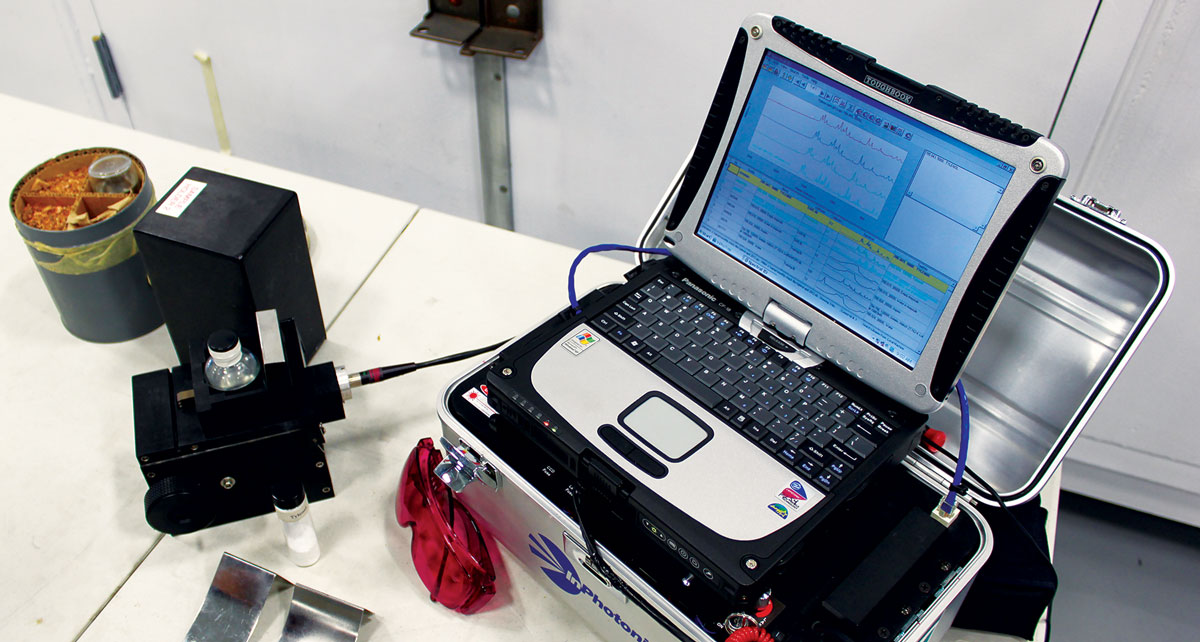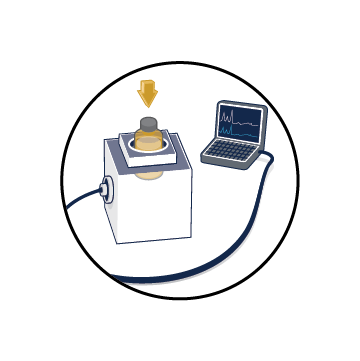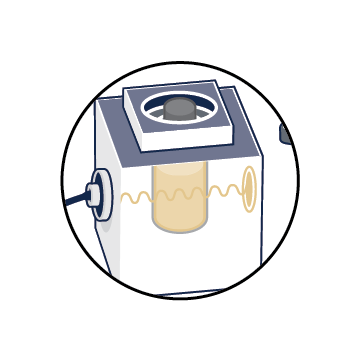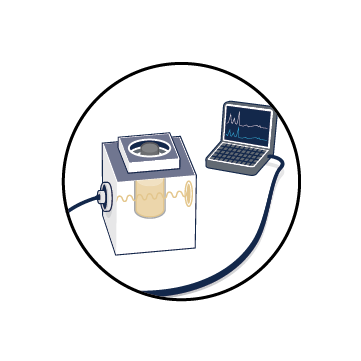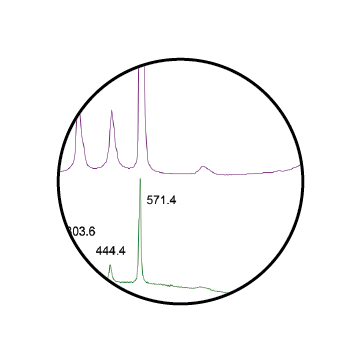The Raman Spectrometer helps identify the contents of Chemical Agent Identification Set (CAIS) items, which are glass bottles containing chemical agent once used to train Soldiers.
The Raman Spectrometer rapidly obtains detailed information about the CAIS item contents. Responder personnel and stakeholders evaluate the data to identify the contents, reducing the risk to the public and emergency responders.

